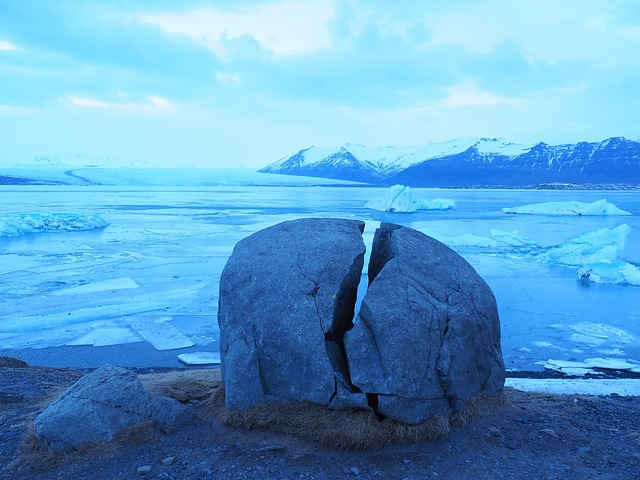The delicate balance of our environment is currently undergoing a seismic shift, with climate change at the forefront of this unsettling transition. One of the most pressing issues exacerbated by this phenomenon is the impact on feeding grounds—vital ecosystems that support diverse wildlife and human livelihoods alike. As global temperatures rise and ice caps melt, the ramifications extend far beyond scenery changes; entire ecosystems are being forced to adapt or face the potential of collapse.
Feeding grounds serve as critical habitats for countless species, providing them with the resources needed for survival, reproduction, and nourishment. From the rich seas where fish spawn to the lush wetlands that sustain migratory birds, these areas are essential for maintaining biodiversity. Unfortunately, climate change is causing shifts in temperature, precipitation patterns, and sea levels, leading to habitat loss and making these feeding grounds more vulnerable than ever before.
For instance, the melting Arctic ice profoundly affects not only polar bear populations that rely on it for hunting seals but also the intricate web of life that depends on this unique ecosystem. As ice diminishes, foraging grounds are changing, making it increasingly difficult for these majestic creatures to find food. This has cascading effects, disrupting migration patterns and affecting the entire food chain.
Similar situations arise in marine environments. As ocean temperatures rise and acidic levels increase due to higher CO2 emissions, fish populations are being driven away from traditional feeding grounds. Coral reefs, often referred to as the rainforests of the sea,” are dying off at alarming rates, further depleting the resources available for the fish that depend on these vibrant habitats. For coastal communities that rely on fishing for their livelihood, these changes are not just an environmental issue; they strike at the heart of their economic stability and cultural heritage.
The impact of climate change on feeding grounds is not limited to remote areas; it reverberates throughout urban environments as well. Freshwater sources become strained or contaminated due to extreme weather events, making it harder for farmed and wild species to thrive. As droughts become more common, arable land shrinks, resulting in food scarcity and increased competition for resources. With the interconnectedness of ecosystems, the ripple effects reach multiple layers of society, affecting our food security on a global scale.
Individuals and communities must understand these realities and advocate for sustainable practices, supporting initiatives aimed at protecting and restoring feeding grounds. Conserving habitats, reducing emissions, and promoting the use of renewable resources are immediate actions we can take to mitigate the impacts of climate change. The engagement of local communities in conservation efforts can also foster a deeper connection to the environment, encouraging a collective responsibility to maintain the balance of nature.
As we uncover the impact of climate change on feeding grounds, it becomes increasingly clear that the health of these vital ecosystems directly influences our survival. The melting reality we face calls for urgent action and awareness; only then can we hope to protect not only the natural world but also our very way of life.



